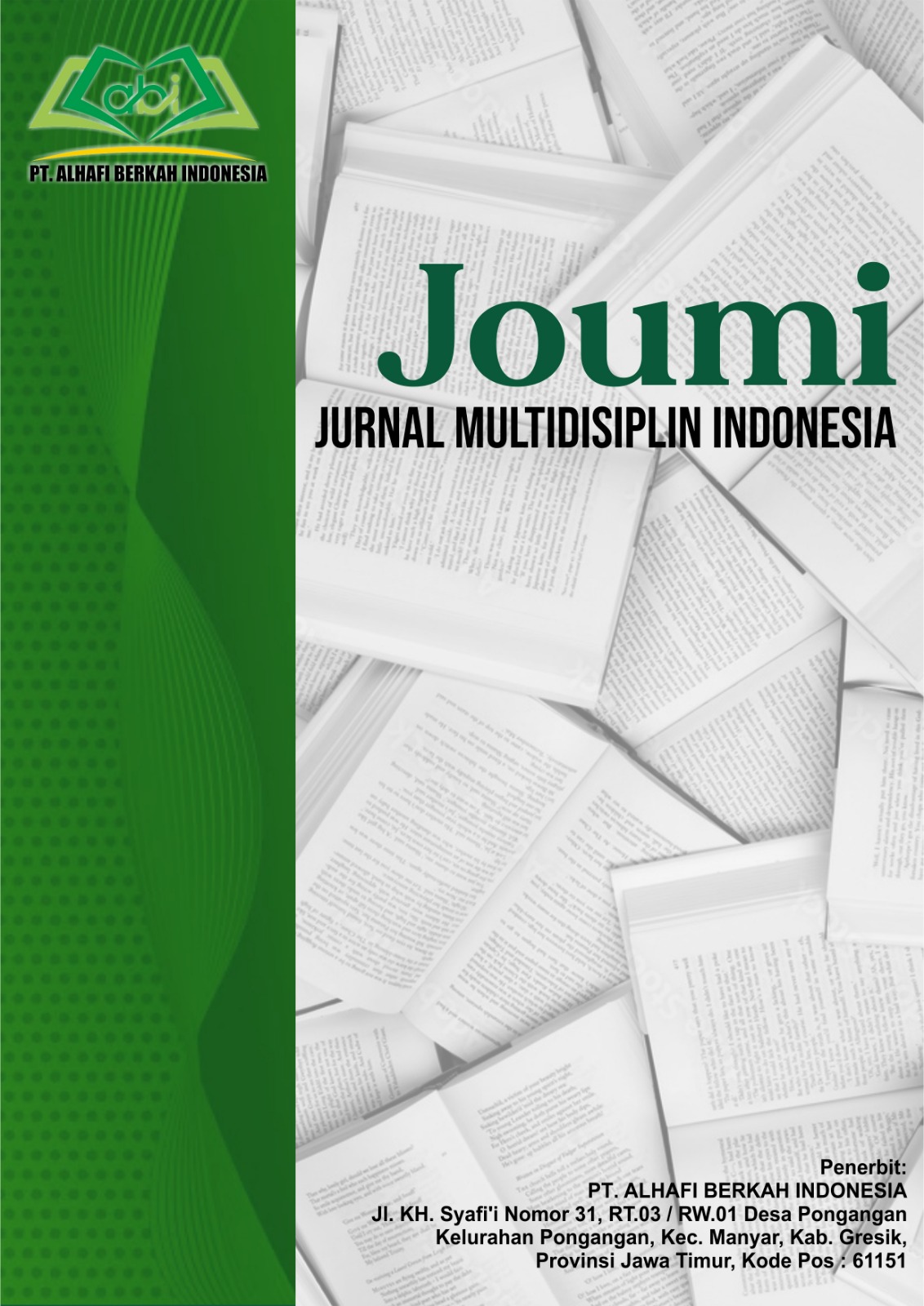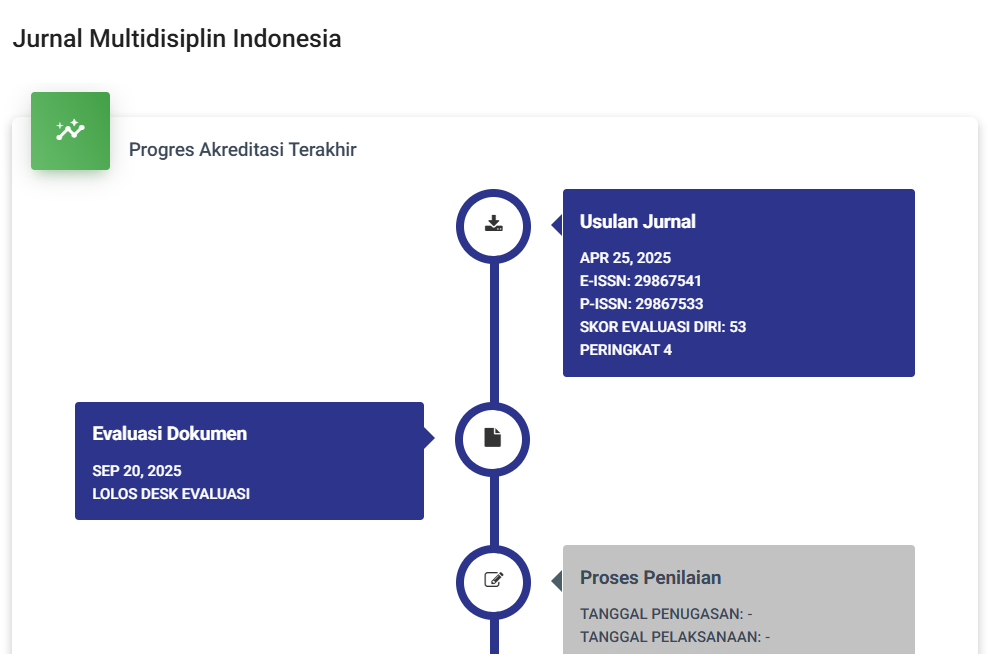Physical Possession of Land as Evidence of Ownership: Even with Weak Data, It Can Serve as a Basis for Ownership Claims
DOI:
https://doi.org/10.62007/joumi.v3i2.477Keywords:
Possession, Evidentiary Power, LandAbstract
Life inevitably involves problems, and disputes over land cannot be denied. With the increasing growth of the human population worldwide, more people require land for their needs. Many individuals seek to strengthen their rights over land to prevent interference from others and to establish a clear claim that a particular piece of land has an owner. Article 1, Paragraph 4 of Government Regulation No. 18 of 2021 concerning Management Rights, Land Rights, and Land Registration explains that: “Land Rights are rights obtained from legal relationships between the rights holder and the land, including the space above and below the land, to control, possess, use, benefit from, and maintain the land, as well as the space above and below the land.” The concept of physical possession of land is often used as evidence to demonstrate claims of land ownership in civil court. Uninterrupted, valid, open, and continuous physical possession over a certain period can be considered strong evidence supporting claims of land ownership. Issues related to land ownership rights often raise questions about when someone legally becomes the owner of land from another party. To overcome this difficulty, the government provides certainty of land ownership rights through land registration in the Republic of Indonesia to obtain a certificate. This study uses normative juridical research methods. The results show: First, physical possession of land has evidentiary power for individuals or groups over the benefits of that land. In disputes related to physical possession, land conflicts may arise to recognize and protect the rights of legitimate landowners. It must be ensured that physical possession of land is carried out legally and in accordance with applicable laws. Second, the time limit for physical possession of land does not apply in all situations. There are types of land that cannot be acquired through physical possession. The time limit of physical possession does not automatically confer ownership rights.
References
Harshini, A., Nandhini, P. S., & Tejaswini, K. S. (2023). A Comparative Study on Ownership and Possession. IJRAR Journal. Volume 10, Issue 1
Merrill, T. W. (2015). Ownership and Possession. Columbia Law School Public Law & Legal Theory Working Papers.
Rahmawati, D. (2022). Kepastian Hukum atas Tanah yang Dikuasai Secara Fisik Tanpa Sertifikat. Jurnal Hukum Kenotariatan.
Rosadi, A. K., Pujiwati, Y., & Rubiati, B. (2025). Legal Certainty of Physical Dominion by The Community Over Ex Eigendom Verponding Land. Jurnal KSS, Universitas Lambung Mangkurat. Vol. 6, (2), April 2025: 108-120
Rostill, L. (2021). Possession, Relative Title, and Ownership in English Law. Modern Law Review.
Sabila, F. N., Hafidah, N., & Ramadhany, I. (2023). Kekuatan Pembuktian Fisik Tanah dan Penguasaan Fisik Tanah dalam Perkara Perdata. Jurnal Tata Administrasi dan Manajemen Fakultas Hukum ULM. Volume 1 Issue 2. https://jtamfh.ulm.ac.id/index.php/jtamfh/article/download/18/14/31.
Sitorus, T. (2019). Penguasaan Fisik Tanah sebagai Dasar Gugatan Kepemilikan dalam Hukum Agraria Indonesia. Jurnal Hukum & Pembangunan.
Stephanie & Lewinsohn-Zamir, D. (2020). Ownership and Possession: Psychological and Legal Perspectives. Law & Social Inquiry.
Susanto, A. (2020). Analisis Yuridis terhadap Sengketa Tanah Berdasarkan Penguasaan Fisik. Jurnal Ilmu Hukum Universitas Diponegoro.
Yunus, M. (2021). Perlindungan Hukum terhadap Penguasa Tanah secara Fisik dalam Perspektif Hukum Adat dan Nasional. Jurnal Hukum dan Keadilan.
Downloads
Published
How to Cite
Issue
Section
License
Copyright (c) 2025 Hans Karyose, Rineke Sara

This work is licensed under a Creative Commons Attribution-ShareAlike 4.0 International License.







